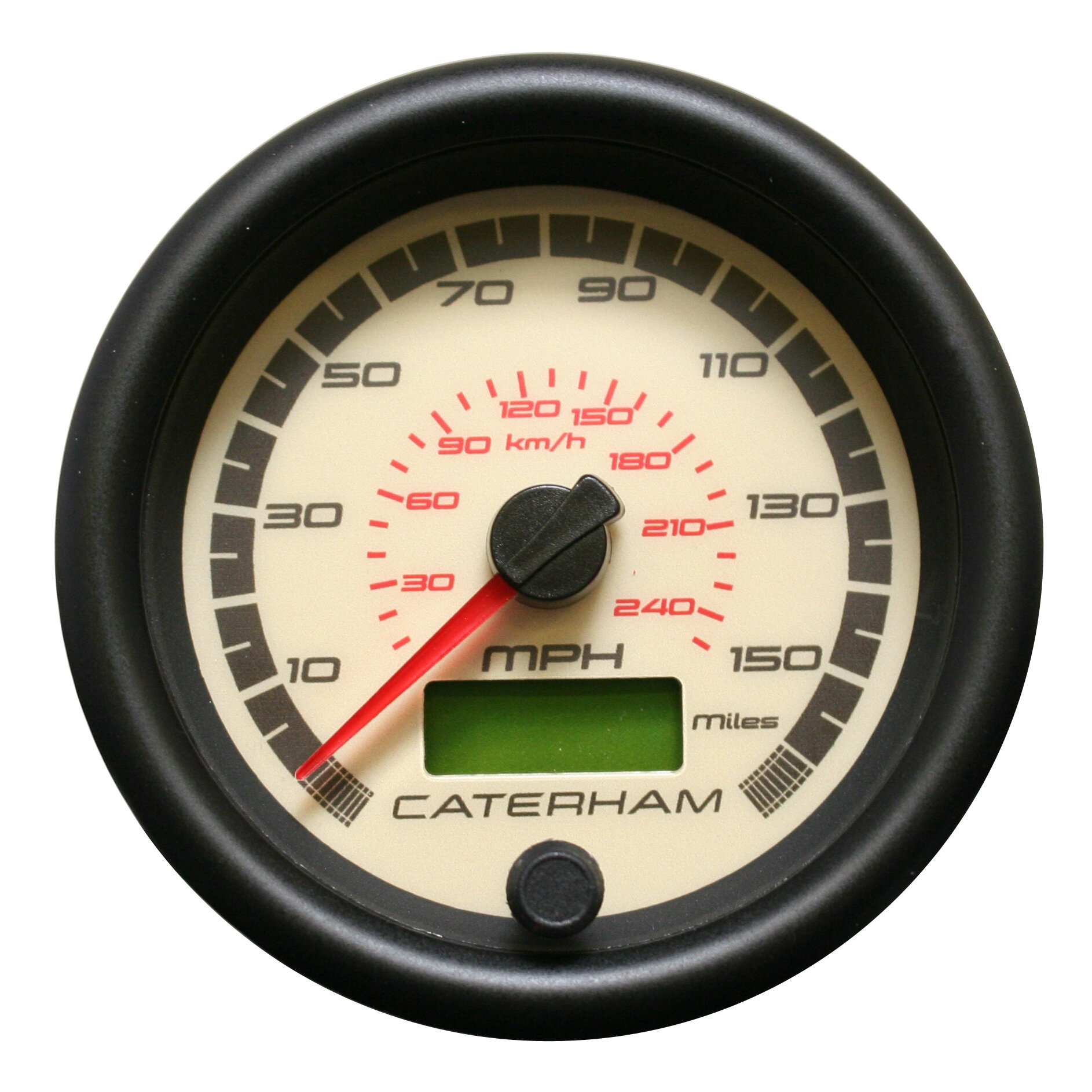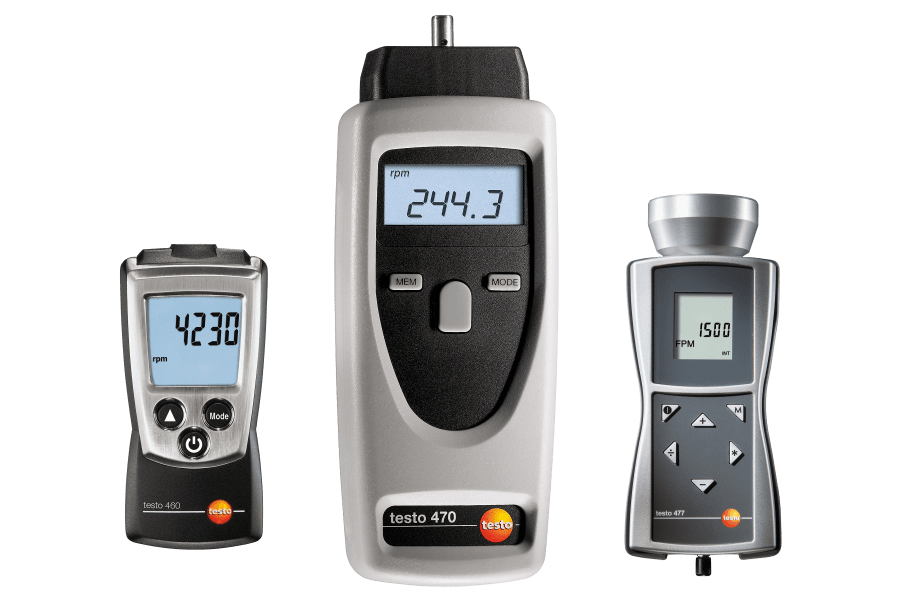Comprehensive Guide to Comprehending and Utilizing a Tachometer Properly
Comprehensive Guide to Comprehending and Utilizing a Tachometer Properly
Blog Article
The Importance of a Tachometer in Monitoring Engine Speed and Efficiency in Automotive Applications
In the realm of auto engineering, the tachometer stands as a crucial instrument in the vehicle driver's toolbox, providing a direct home window into the inner operations of a car's engine. Past its feature as a mere scale of changes per min (RPM), the tachometer acts as an important device for enthusiasts and experts alike, offering real-time insights right into engine efficiency and health and wellness. Comprehending the significance of this gadget exceeds surface-level monitorings, delving right into the detailed connection in between engine speed, power outcome, and overall driving experience. As we check out the complex role of the tachometer in automobile applications, a much deeper admiration for its effect on lorry dynamics and performance begins to emerge.
Relevance of Monitoring Engine RPM
Keeping track of engine RPM, or revolutions per minute, is a crucial aspect of automotive upkeep and efficiency analysis. Engine RPM directly associates with the rate at which the engine's crankshaft rotates, showing just how swiftly the engine is running - tachometer. By keeping an eye on RPM, auto mechanics can evaluate the health of the engine, spot potential concerns, and fine-tune efficiency. An irregular RPM reading may signify issues such as engine misfires, defective ignition system, or concerns with the gas delivery system. Continually high RPM analyses could show hostile driving routines or the need for a greater equipment shift to boost fuel performance.
Moreover, monitoring engine RPM is crucial for performance analysis in racing and high-performance lorries. Preserving optimum RPM levels is critical for achieving peak power result and acceleration. Racers commonly use tachometers to guarantee they are running within the optimal RPM array for maximum efficiency. In recap, keeping track of engine RPM is not just vital for identifying problems yet also for enhancing engine efficiency in various automobile applications.

Benefits of Real-Time Information
In auto applications, real-time information plays a crucial role in providing instant insights into the performance and condition of the vehicle. By continuously keeping track of various parameters such as engine speed, temperature, fuel usage, and a lot more, real-time data offers various benefits that contribute to boosted performance and safety and security when driving.
Additionally, real-time information helps with efficiency optimization by supplying immediate comments on driving habits and engine performance. Chauffeurs can readjust their behavior in real-time based on this details to achieve much better fuel economic climate and prolong the life expectancy of their lorry.

Furthermore, real-time information plays a vital function in modern-day automobile diagnostics, making it possible for specialists to swiftly diagnose and deal with breakdowns. This leads to decreased downtime, reduced maintenance expenses, and eventually, boosted overall lorry reliability and durability (tachometer). By using the power of real-time data, automobile stakeholders can make educated choices that favorably impact both the performance and durability of the lorry
Influence On Gear Shifts
Effective gear shifts in vehicle applications significantly influence overall performance and driving experience. The tachometer plays an essential duty in optimizing gear shifts by offering useful source real-time engine speed data to the chauffeur. When approaching the redline on the tachometer, it indicates the motorist to her explanation upshift to avoid over-revving the engine and creating possible damages. On the various other hand, downshifting at the appropriate minute can aid keep the engine in its power band, making sure responsive acceleration when required.
In addition, the tachometer help in accomplishing smoother gear transitions, particularly in hand-operated transmissions. By checking engine rate, motorists can perform gear changes at the ideal RPM range, reducing snagging movements and lessening wear on the transmission parts. This accuracy on duty changes not just improves driving comfort yet likewise adds to fuel performance.
Enhancing Fuel Efficiency
Offered the important role the tachometer plays in maximizing equipment shifts for efficiency and engine health, it straight adds to taking full advantage of fuel effectiveness in automobile applications. By giving real-time comments on engine rate, the tachometer helps drivers in keeping the most reliable RPM range for gas economy. When see vehicle drivers regularly check the tachometer and change their motoring practices as necessary, they can avoid unneeded fuel usage triggered by over-revving or carrying the engine.
Additionally, the tachometer aids vehicle drivers recognize the most fuel-efficient equipment to be in at any kind of provided moment, protecting against the engine from functioning more challenging than required. In verdict, the tachometer offers as a useful tool in boosting fuel effectiveness by promoting ideal driving routines and determining areas for enhancement in the car's performance.

Making The Most Of Engine Longevity
The tachometer's role in monitoring engine rate and efficiency is critical in making sure the longevity of automotive engines. By making use of the tachometer successfully, chauffeurs can optimize engine long life with mindful RPM management. Continually revving an engine as well high can result in excessive damage on important components, such as the pistons, shutoffs, and bearings. Gradually, this can result in lowered engine performance and potential breakdowns. Keeping track of the tachometer permits motorists to stay within the suggested RPM range for their lorry, stopping unneeded stress on the engine and extending its life expectancy.

Final Thought
In verdict, the tachometer plays an important duty in keeping an eye on engine speed and efficiency in automotive applications. By giving real-time information on RPM, it allows for reliable gear changes, enhanced gas efficiency, and maximized engine durability. This device is vital for keeping optimal engine efficiency and ensuring the general capability of a car.
Report this page